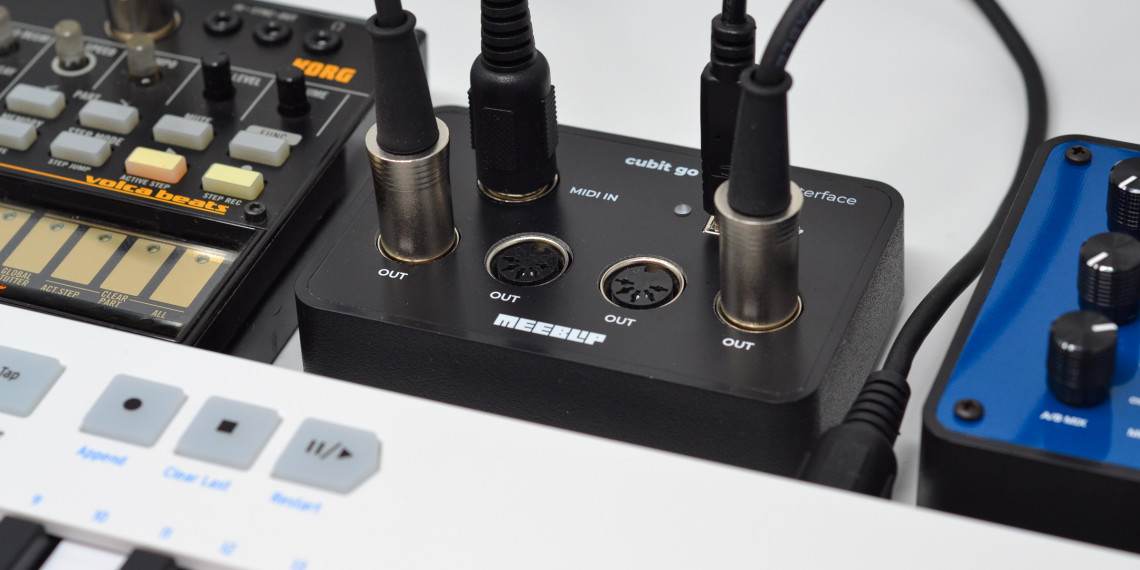
You can find more information in this video tutorial. When trying to import MIDI files from NI Maschine into Live, some preparation is required.

Live does currently not support automatic sound assignment following the GM standard. The data itself is stored as standard MIDI files (see above). It describes minimal sound generator/content conditions. General MIDI is an enhancement of the original MIDI standard. You might notice that the position of MIDI information, like note and controller events, has changed when exporting to MIDI files. All MIDI events are shifted to this grid accordingly when exported. Live exports MIDI files with a resolution of 96 ppq, which means a 16th note can be divided into 24 steps. If you want to export all MIDI events from one MIDI track, select all clips first, consolidate them, and then export the consolidated clip: Note: only a single MIDI clip can be exported at a time. Select the MIDI clip you wish to export and use the “Export MIDI Clip” command from the File menu, or directly from the clip's context menu: Live supports the export of SMF0 MIDI files only. It's also possible to use Create > "Import MIDI file." (Live 10.1 and later). MIDI files can be dragged and dropped directly from Live's browser, or from Explorer/Finder into a MIDI track in Live. It's possible to use certain third party convertors to convert SMF1 into SMFO, but it's not possible to then convert back and regain all the information, since some information is completely dropped when converting to SMF0. several tracks using the same MIDI channels. The MIDI data is stored in separate tracks, which are additionally wrapped in containers, so it's possible to have e.g.Note: Up until Live 9, SMF1 formatted files appear as a folder in Live's browser, which can be opened to import only some of its tracks if necessary.If this file is imported into Live, the MIDI data will appear in different tracks.The MIDI data is stored in separate tracks/channels.

Midi file split midikit software#
This information is stored in its header chunk only and can be revealed by opening the file with a hex editor. The format of a MIDI file is initially defined by the device or software the file is created with. While MIDI files may have the same file extensions (*.mid or *.smf), from the outside, it's not possible to tell which format a specific MIDI file is actually using. Live exports MIDI files in the SMF0 format only, with the extension *.mid. Live can import standard MIDI files in the three main formats ( SMF0, SMF1 and SMF2) with either *.mid or *.smf file extensions.


 0 kommentar(er)
0 kommentar(er)
